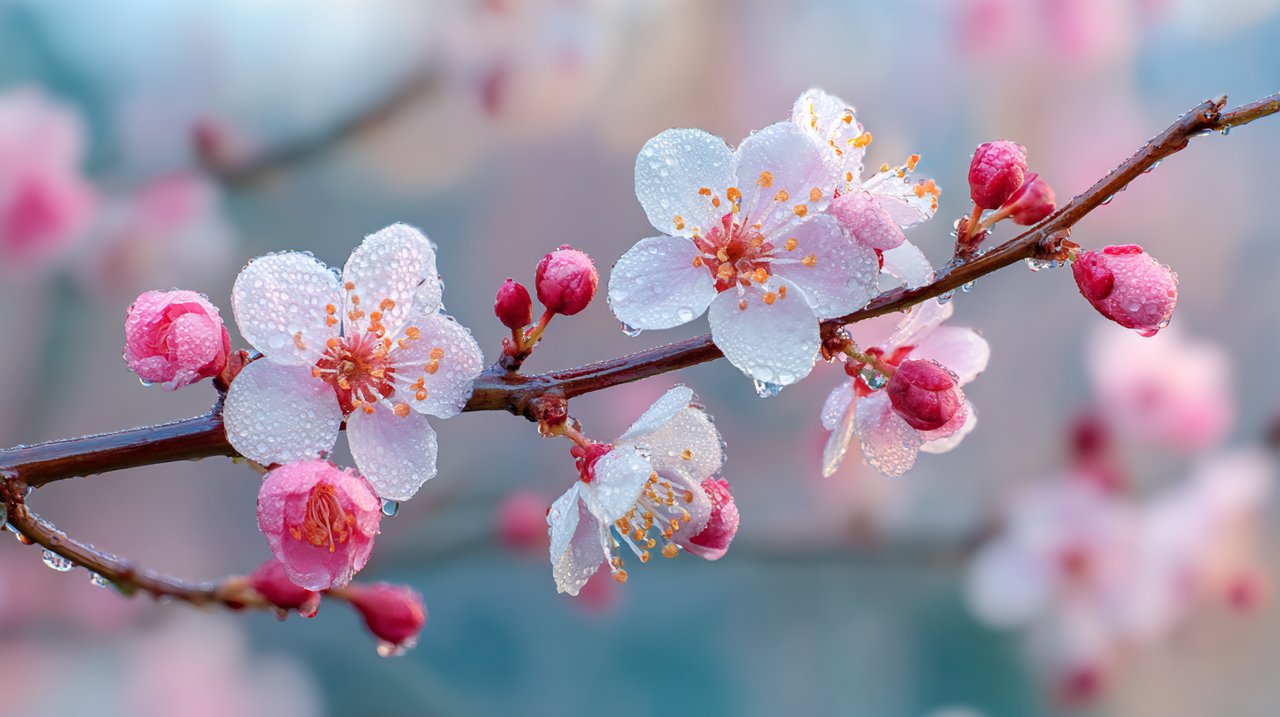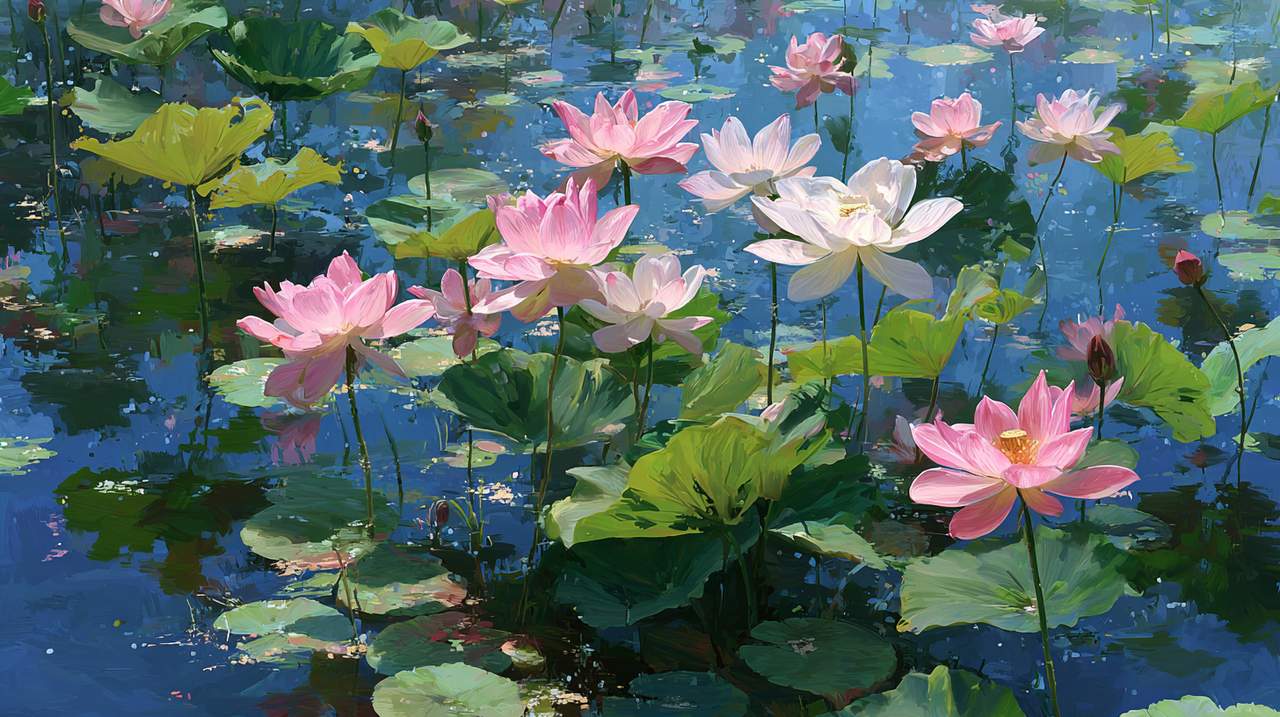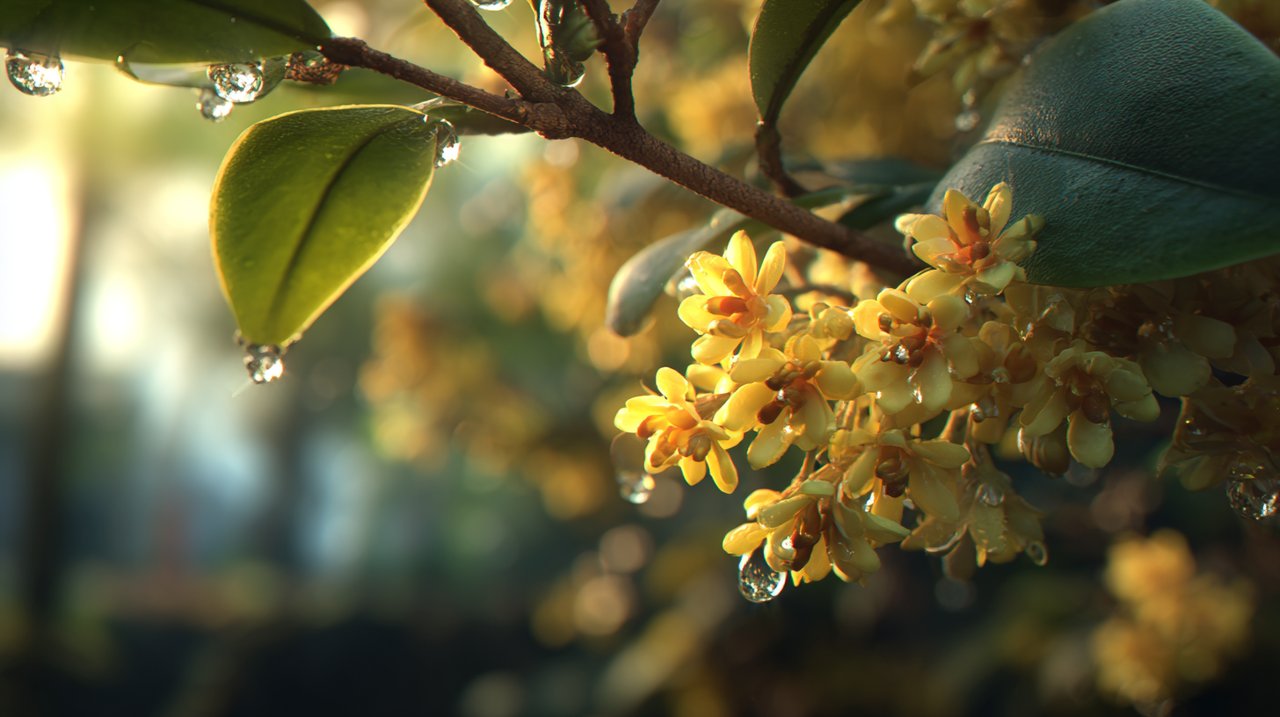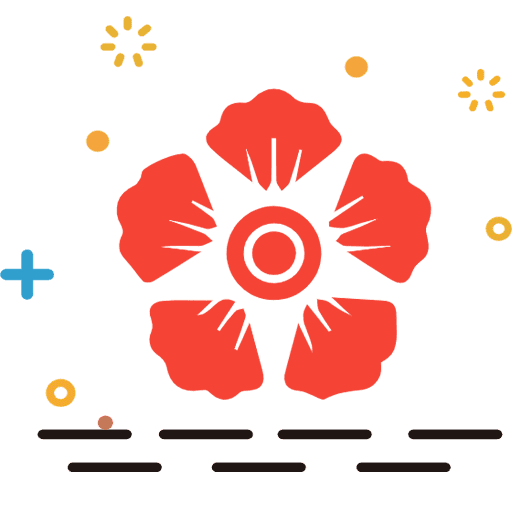Hangzhou’s Seasonal Splendor: A Deep Dive into Its Floral Calendar
Hangzhou isn’t just a city of stunning natural beauty; it’s a living canvas where nature paints a new masterpiece with each passing season. From its serene gardens to the iconic West Lake, the city’s flora undergoes a remarkable transformation all year round.
This guide goes beyond a simple list of flowers. We’ll explore Hangzhou’s prominent seasonal blooms, pinpointing their optimal viewing times and, more importantly, delving into their profound cultural significance. Our aim is to enrich your visit, turning mere observation into a truly insightful and resonant experience.
Spring: A Symphony of Reawakening and Renewal
In Hangzhou, spring doesn’t burst forth; it awakens with a gentle, deliberate grace. From March to May, the city undergoes a remarkable transformation, transitioning from subtle hints of color to a vibrant, almost explosive, display of blooms.
It’s a season that beautifully mirrors life’s own cycles of renewal, offering a dynamic botanical spectacle that invites us to look closely.
Early Spring: The Harbinger’s Resilience
As winter’s chill begins its reluctant retreat, Plum Blossoms (梅花 – Meihua) bravely emerge, typically from late February through March. These delicate, often intensely fragrant blooms are more than just pretty flowers; they are profound symbols of resilience and purity in Chinese culture, defying the cold to herald spring’s imminent arrival.
For an unforgettable experience, visit Gushan (孤山) on West Lake, renowned for its ancient plum groves. Here, the spirit of the Song Dynasty poet Lin Bu, who famously considered plum blossoms his ‘wife,’ still lingers. His solitary appreciation imbues Gushan’s blossoms with a unique poetic solitude, transforming your viewing into an act of quiet contemplation.

Following closely in March, the majestic Magnolias (玉兰 – Yulan) unfurl their large, elegant white or purple petals. Like silken cups against the still-bare branches, they signal a more robust and confident step towards the full embrace of spring. You’ll spot them gracing various parks and major avenues, their presence a striking testament to nature’s awakening.
Mid to Late Spring: A Flourish of Color
By April, Hangzhou truly bursts into a magnificent tapestry of blooms. This is when the city celebrates spring in its most abundant and vivid forms.
- Cherry Blossoms (樱花 – Sakura): A central attraction at Taiziwan Park (太子湾公园) and the Hangzhou Botanical Garden. Their ephemeral beauty, with petals dancing down like pink snow, perfectly encapsulates the East Asian aesthetic of transient perfection. Walking beneath these blossoming canopies feels like stepping into a dream, where light filters through a delicate, floral veil.
- Peach Blossoms (桃花 – Taohua): Adorning the lakeside and hillsides, particularly around Bai Causeway and Su Causeway, their soft pink hues contribute to Hangzhou’s romantic ambiance. Culturally, peach blossoms are cherished symbols of love, longevity, and good fortune.
- Tulips (郁金香 – Yujinxiang): At Taiziwan Park from late March to April, these create expansive carpets of vibrant color. They offer a striking, almost deliberate, contrast to the more traditional Chinese flora, showcasing Hangzhou’s open embrace of global horticultural beauty.
- Azaleas (杜鹃花 – Dujuanhua): Bursting forth in late April and May, azaleas transform hillsides and garden beds into a riot of fiery reds, soft pinks, and brilliant whites. The Hangzhou Botanical Garden, in particular, boasts impressive collections, where the sheer volume of blooms is truly breathtaking.
Summer: Verdant Grandeur and Aquatic Elegance
From June to August, Hangzhou’s summer arrives with a distinct character: lush, verdant greenery and the majestic presence of aquatic flowers. Thriving under the warm sun, these blooms define the season’s unique beauty.
It’s a time when the city’s waterscapes truly come alive, offering a different kind of botanical splendor.
The Reign of the Lotus
Undisputedly, the Lotus Flowers (荷花 – Hehua) are the queens of Hangzhou’s summer, blooming profusely from June through August. West Lake, in particular, transforms into a breathtaking canvas of broad green leaves and exquisite pink and white blossoms.
Prime viewing locations include the iconic ‘Viewing Fish at Flower Pond’ (花港观鱼) and ‘Quyuan Garden in the Breeze-ruffled Lotuses’ (曲院风荷). Here, the lotus reveals its profound cultural significance: symbolizing purity, enlightenment, and detachment from worldly attachments, as it gracefully emerges unsullied from muddy waters.
This symbolism isn’t just a casual association; it’s deeply woven into classical Chinese poetry and art. Observing the lotus at West Lake is far more than a visual treat; it’s an engagement with centuries of aesthetic and philosophical contemplation, a living embodiment of Song Dynasty poetic ideals.

Adding another layer of color to the summer landscape are Crape Myrtles (紫薇 – Ziwei). From July to September, their vibrant bursts of pink, purple, and white adorn urban spaces and gardens, providing continuous, welcome color during the warmest months.
Autumn: Golden Hues and Fragrant Delights
As Hangzhou transitions from September to November, autumn brings a profound shift in ambiance. Cooler temperatures arrive, accompanied by a collection of distinctively fragrant blooms that truly define the season.
It’s a time for sensory immersion, where the city’s essence is often best experienced not just visually, but through its captivating aromas.
The Scent of Hangzhou
Without a doubt, Osmanthus (桂花 – Guihua) is the most emblematic flower of Hangzhou’s autumn. Reaching its peak fragrance in September and October, its tiny, unassuming yellow or orange flowers emit an intoxicatingly sweet aroma that truly permeates the entire city.
Manjuelong Village (满觉陇村) is legendary for its osmanthus groves, where the air becomes thick with its scent, reminiscent of a delicate, spiced honey. This flower is deeply intertwined with Hangzhou’s identity, inspiring traditional desserts, wines, and holding the status of the city’s official flower.
The experience of walking through an osmanthus grove transcends the visual; it is a profound olfactory immersion that defines the Hangzhou autumn, serving as a sensory anchor to the season.

As autumn progresses, Chrysanthemums (菊花 – Juhua) take center stage in October and November. These remarkably diverse blooms, ranging from delicate sprays to large, elaborate pompons, are celebrated not just for their beauty but for their resilience and symbolic association with longevity and nobility.
The Hangzhou Botanical Garden’s annual chrysanthemum exhibition is a must-see, showcasing an astonishing array of varieties and intricate arrangements that highlight the flower’s versatility and enduring appeal.
Winter: Subtle Beauty and Enduring Spirit
From December to February, winter in Hangzhou offers a quieter, more contemplative kind of beauty. It’s a season where certain resilient flowers bravely defy the cold, presenting a subtle yet profound spectacle.
This period invites a different kind of appreciation, focusing on endurance and the understated elegance of nature.
Enduring Elegance
A true gem of the colder months is the Winter Sweet (腊梅 – Lamei), blooming from December through February. Its waxy, golden-yellow petals, often with a deep maroon center, emit a surprisingly potent, sweet fragrance that beautifully cuts through the crisp winter air.
Locations like Lingfeng (灵峰) and Gushan (孤山) offer excellent viewing opportunities. The winter sweet’s remarkable ability to bloom in harsh conditions makes it a powerful symbol of perseverance and quiet strength—a subtle yet profound beauty that truly rewards those who seek it out in the stillness of winter.
Adding vibrant splashes of color during this season are Camellias (茶花 – Chahua). Their glossy green leaves provide a striking contrast to their robust red, pink, or white blossoms, offering a cheerful sight when most other flora rests. The Hangzhou Botanical Garden boasts a particularly notable collection.
Planning Your Visit for Optimal Floral Experiences
To truly unlock the magic of Hangzhou’s seasonal floral displays, a bit of strategic planning is certainly essential. While bloom times can vary slightly with weather, this guide provides a reliable framework to help you choose your moment, and if you’re looking to share or extend that floral beauty, understanding local services can be incredibly helpful.
Top 7 Hangzhou Flower Delivery Services: Find the Best Florist for Your NeedsUltimately, each season offers more than just beautiful flowers; it presents a unique opportunity to connect deeply with Hangzhou’s natural beauty and its interwoven cultural narratives. By understanding the essence of these blooms, you move beyond mere observation to a richer, more profound engagement with this remarkable city. It’s about experiencing Hangzhou not just with your eyes, but with a deeper understanding of its soul.
💡 Frequently Asked Questions
Plum blossoms in Hangzhou typically bloom from late February through March. Gushan (孤山) on West Lake is renowned for its ancient plum groves, offering an ideal spot to witness these early spring blooms.
Lotus flowers are at their peak in Hangzhou from June through August. They are considered queens of summer, symbolizing purity, enlightenment, and detachment, as they emerge gracefully from muddy waters. Prime viewing spots include 'Viewing Fish at Flower Pond' (花港观鱼) and 'Quyuan Garden in the Breeze-ruffled Lotuses' (曲院风荷) on West Lake.
Osmanthus (桂花 - Guihua) is the most emblematic flower of Hangzhou's autumn, with its peak fragrance in September and October. Its tiny yellow or orange flowers emit an intoxicatingly sweet aroma that permeates the city, particularly in areas like Manjuelong Village (满觉陇村). It's deeply linked to Hangzhou's identity and is the city's official flower.
During winter (December to February), Hangzhou features the Winter Sweet (腊梅 - Lamei), known for its potent fragrance and golden-yellow blooms, and Camellias (茶花 - Chahua), which offer vibrant red, pink, or white blossoms against glossy green leaves.
Hangzhou's spring (March to May) features several key blooms. Early spring sees Plum Blossoms (late Feb-March) and Magnolias (March). Mid to late spring brings Cherry Blossoms, Peach Blossoms, Tulips (late March-April), and Azaleas (late April-May).

